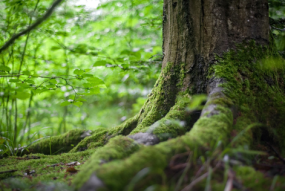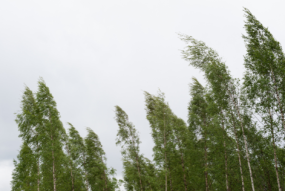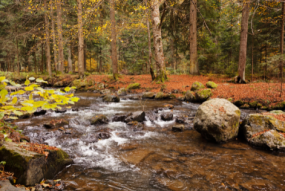

Mitigating climate change
Forest have a crucial role of capturing carbon dioxide (CO2) and storing carbon within soils and biomass. The more forests grow, more carbon they are removing from the atmosphere.

Preventing soil erosion
Using their canopy to protect from direct impact and fixing the soil with forest floor and vigorous tree root systems, trees are essential for preventing soil erosion.

Reducing floods
Trees reduce the amount of runoff acting as a natural barrier to water streams and water is released more slowly into water bodies.

Decreasing biodiversity loss
By supplying vital habitat for majority of terrestrial species, forests are ensuring living conditions for countless animals and plants.

Improving air quality
Trees are able to improve air quality thanks to oxygen production as a result of photosynthesis and by capturing and reducing the quantity of air pollutants.

Improving water quality
Trees act as natural sponges, collecting and filtering rainfall and releasing it slowly into streams and rivers - the most effective land cover for maintenance of water quality.
